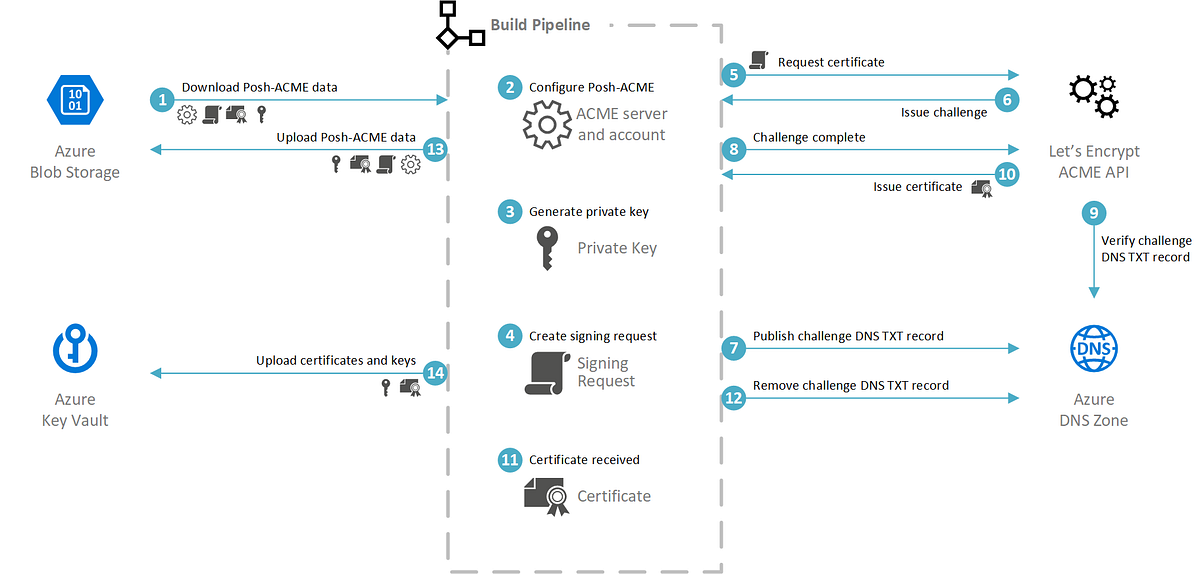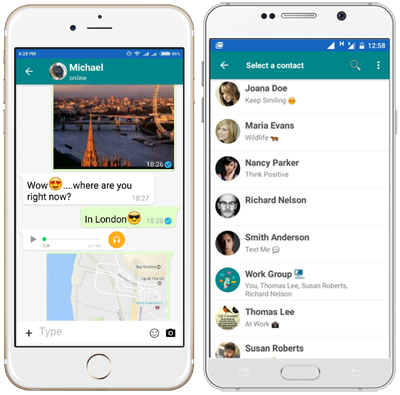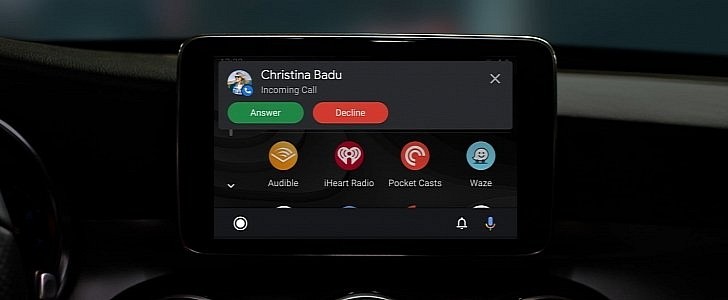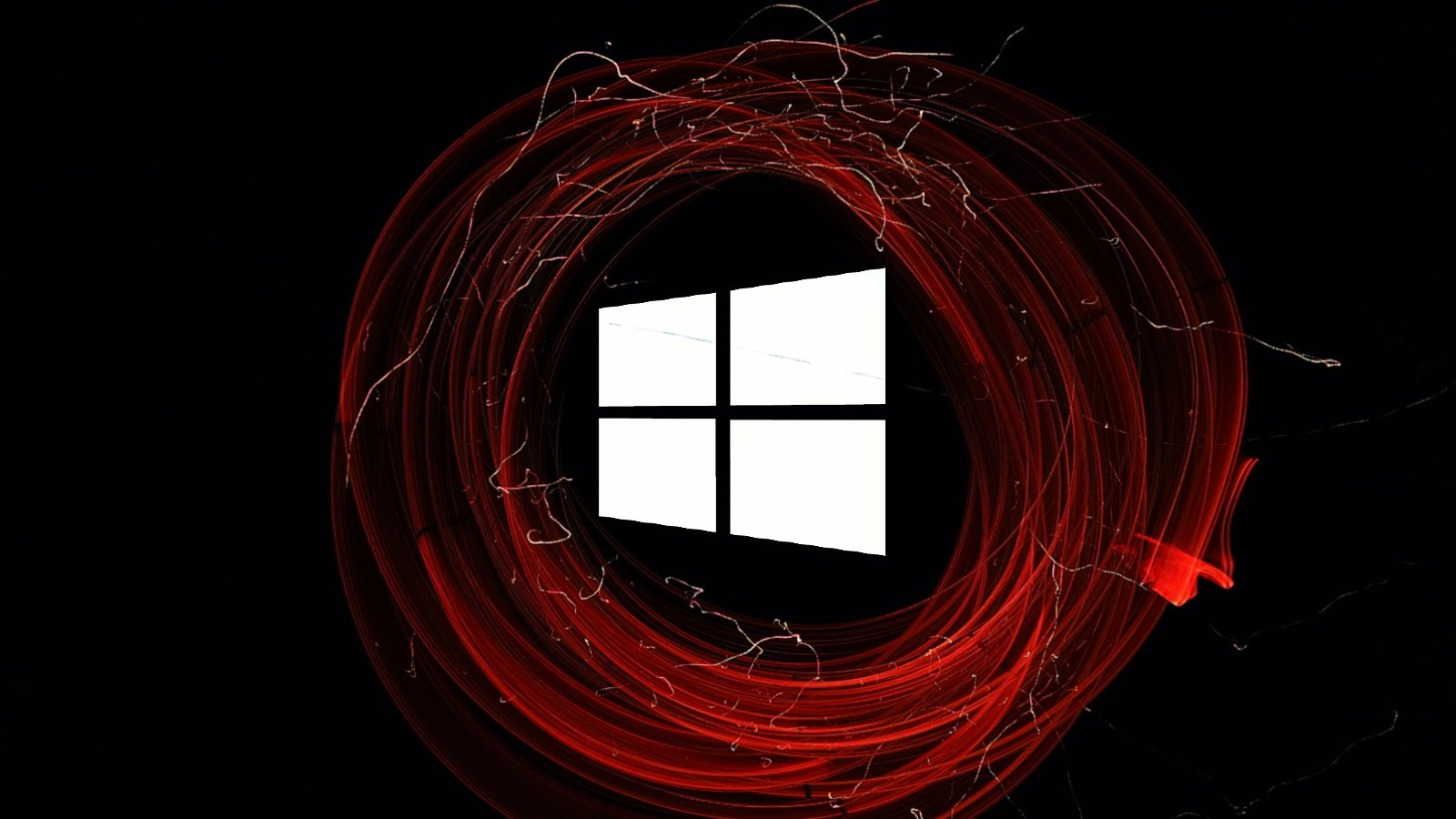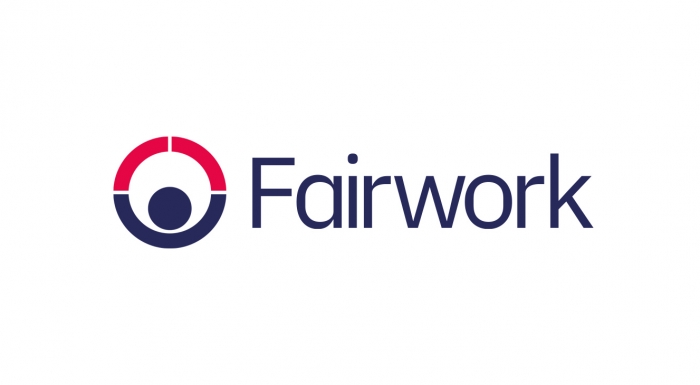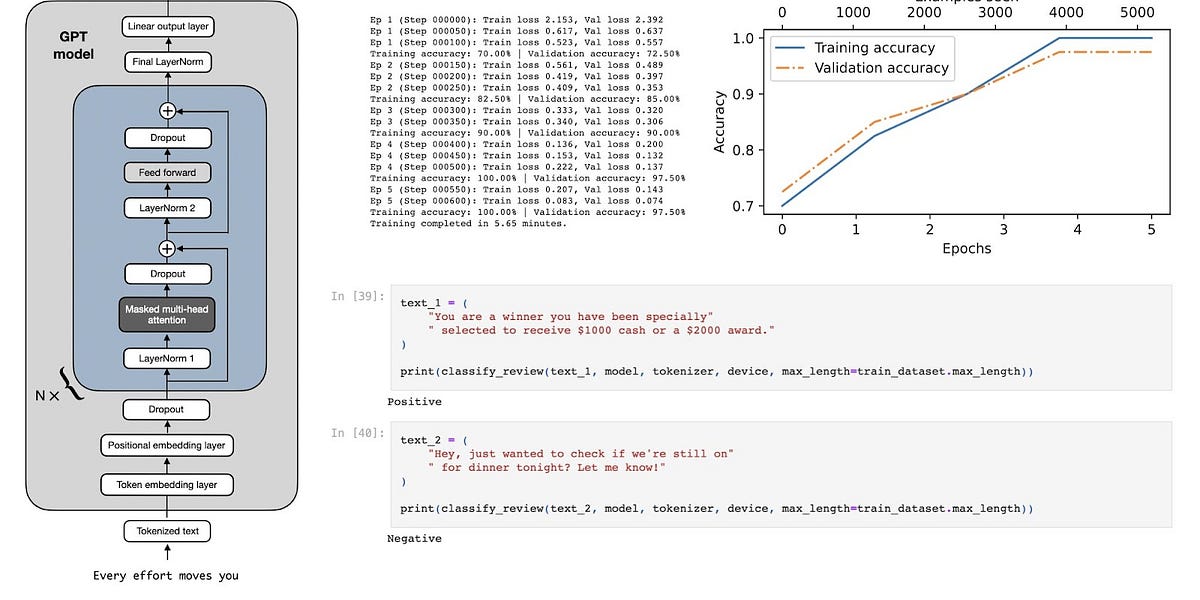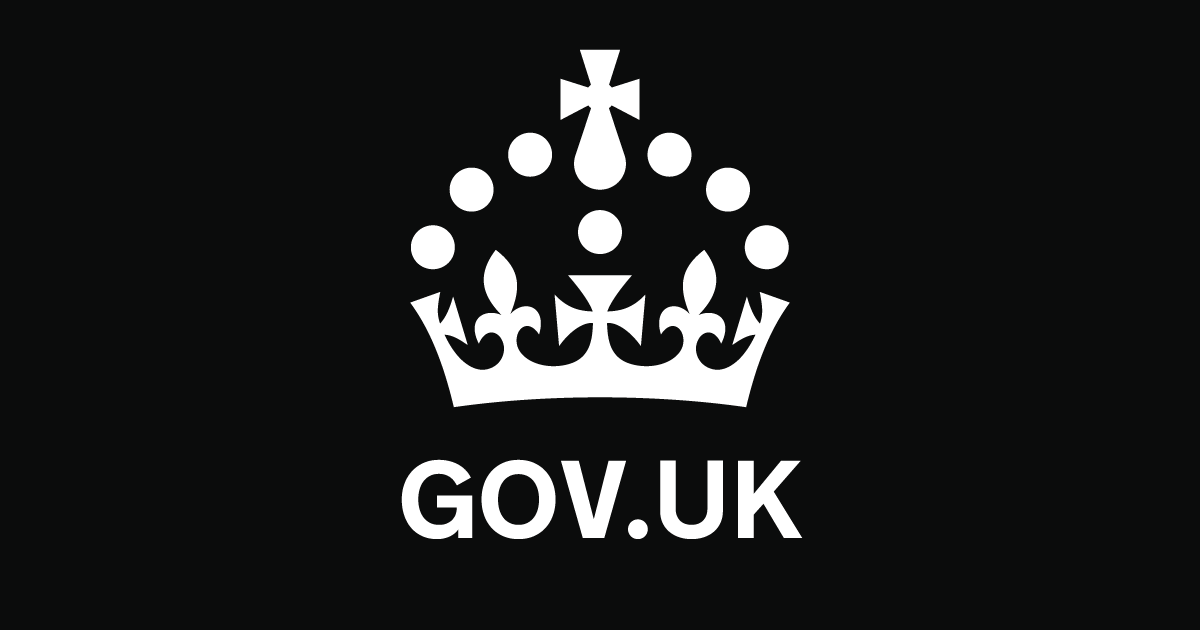
Google calls for halting use of WHOIS for TLS domain verifications
Certificate authorities and browser makers are planning to end the use of WHOIS data verifying domain ownership following a report that demonstrated how threat actors could abuse the process to obtain fraudulently issued TLS certificates.
TLS certificates are the cryptographic credentials that underpin HTTPS connections, a critical component of online communications verifying that a server belongs to a trusted entity and encrypts all traffic passing between it and an end user. These credentials are issued by any one of hundreds of CAs (certificate authorities) to domain owners. The rules for how certificates are issued and the process for verifying the rightful owner of a domain are left to the CA/Browser Forum. One "base requirement rule" allows CAs to send an email to an address listed in the WHOIS record for the domain being applied for. When the receiver clicks an enclosed link, the certificate is automatically approved.
Specifically, watchTowr researchers were able to receive a verification link for any domain ending in .mobi, including ones they didn’t own. The researchers did this by deploying a fake WHOIS server and populating it with fake records. Creation of the fake server was possible because dotmobiregistry.net—the previous domain hosting the WHOIS server for .mobi domains—was allowed to expire after the server was relocated to a new domain. watchTowr researchers registered the domain, set up the imposter WHOIS server, and found that CAs continued to rely on it to verify ownership of .mobi domains.


